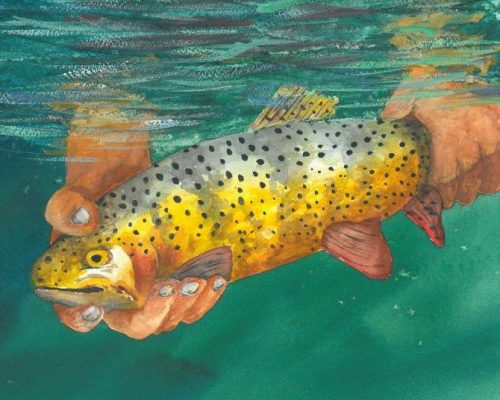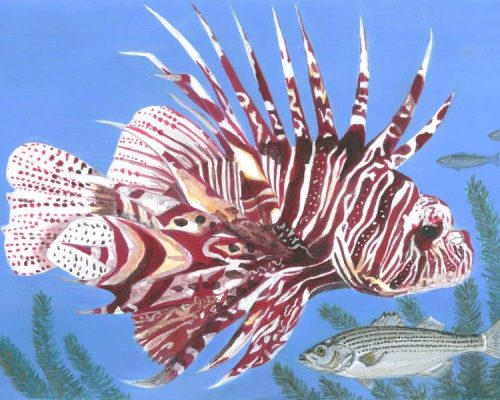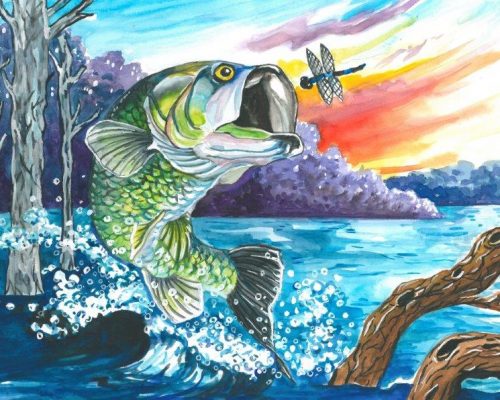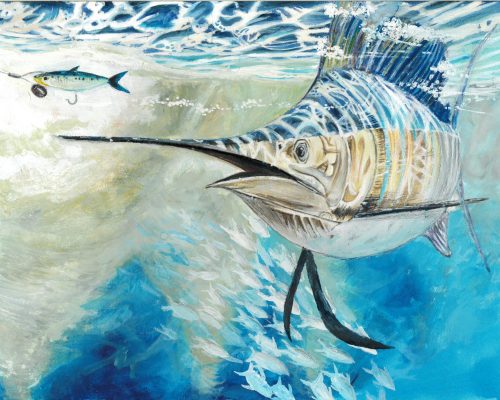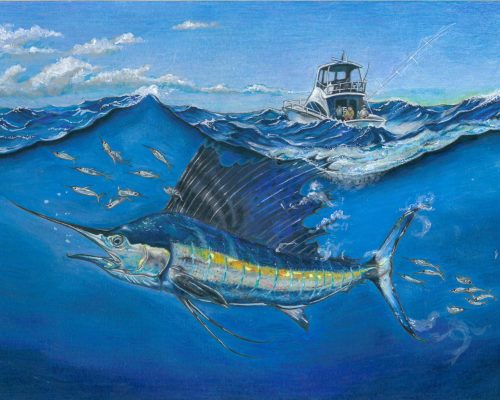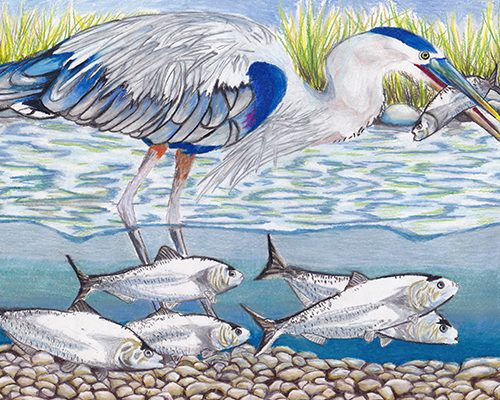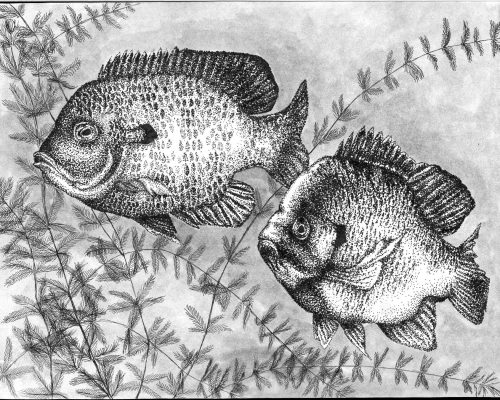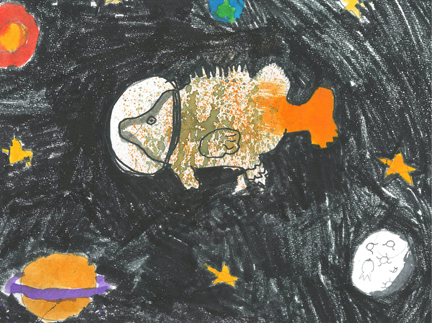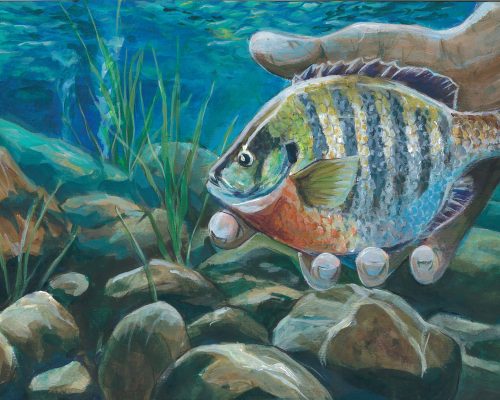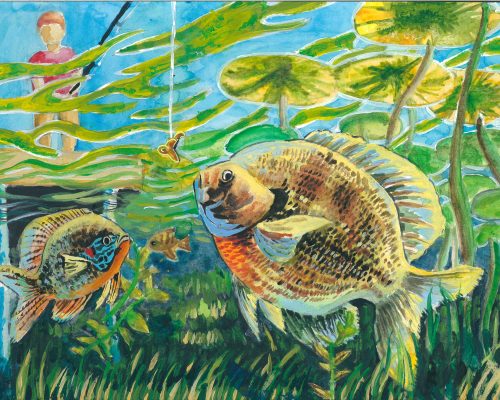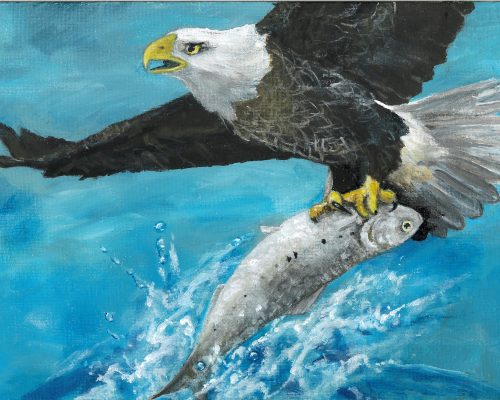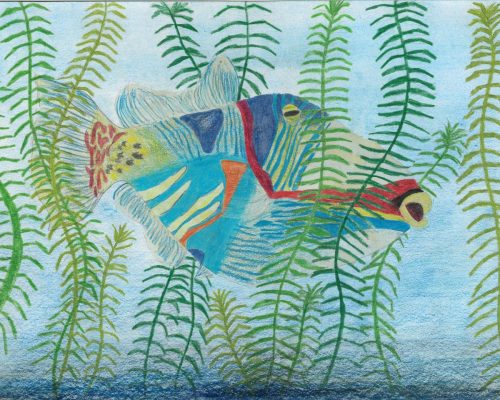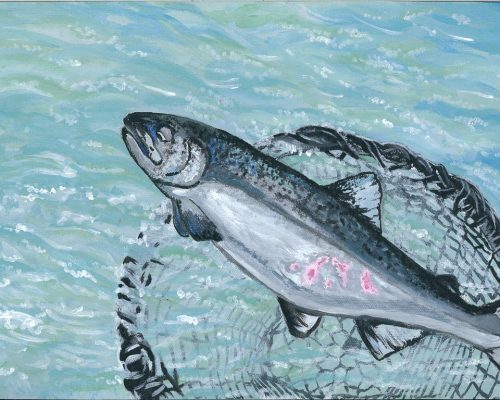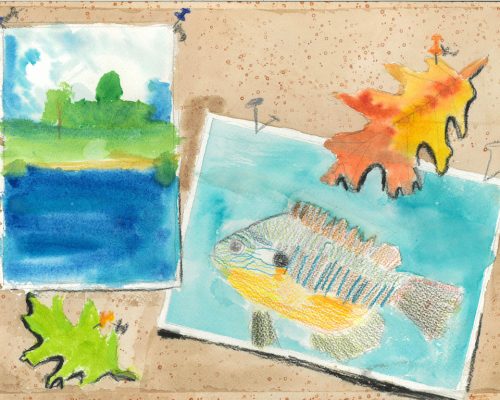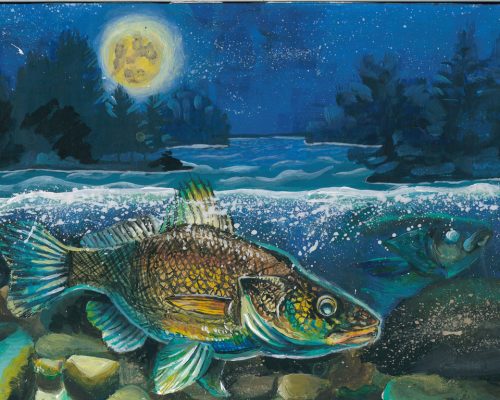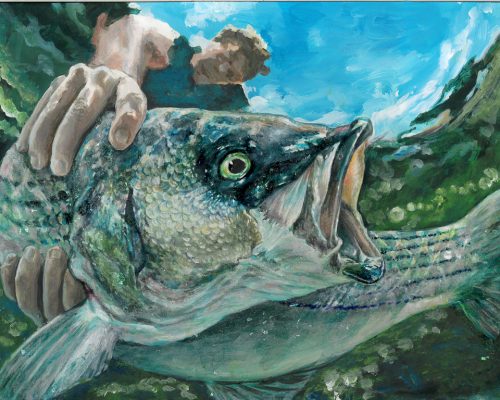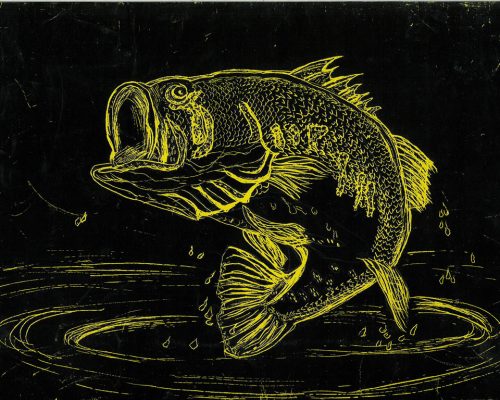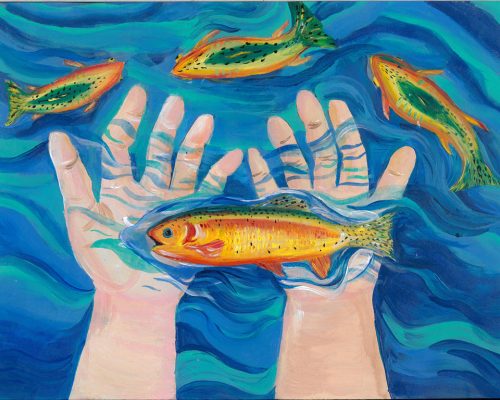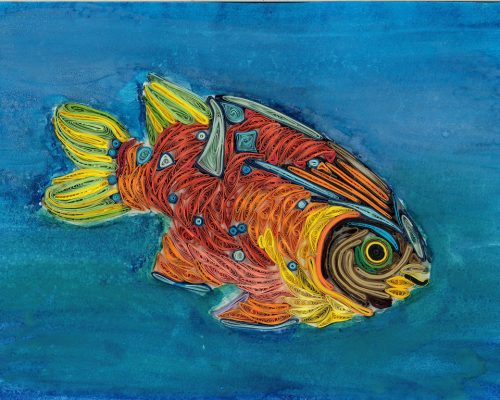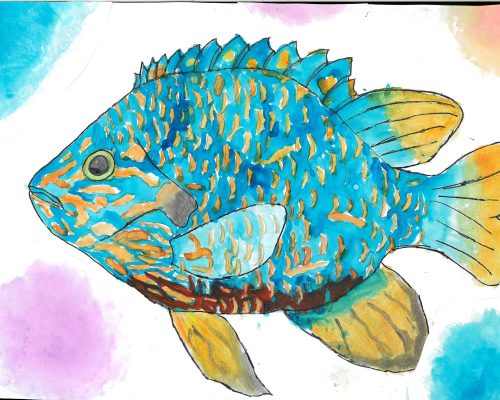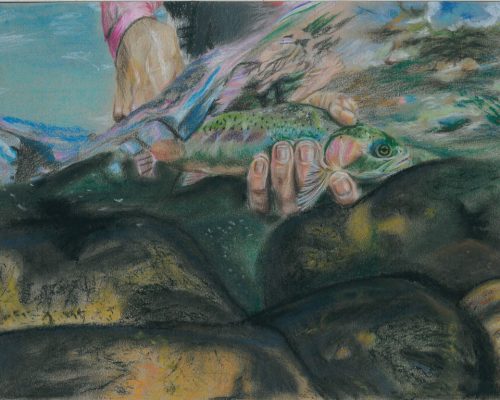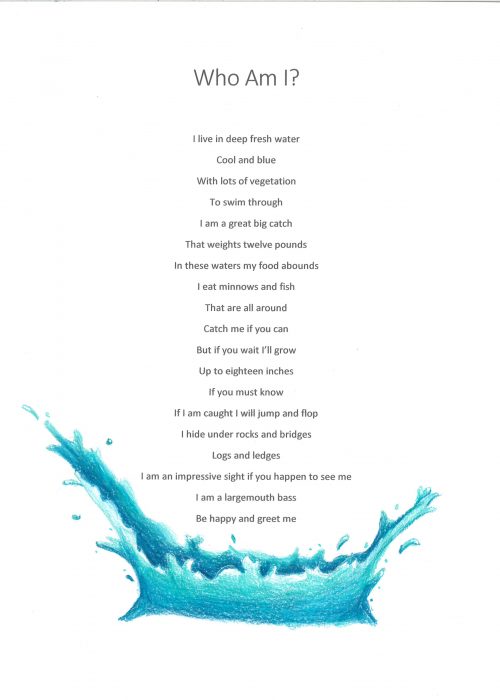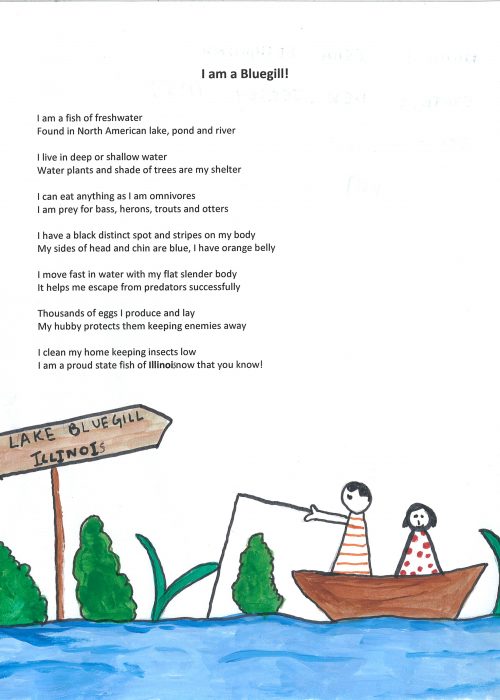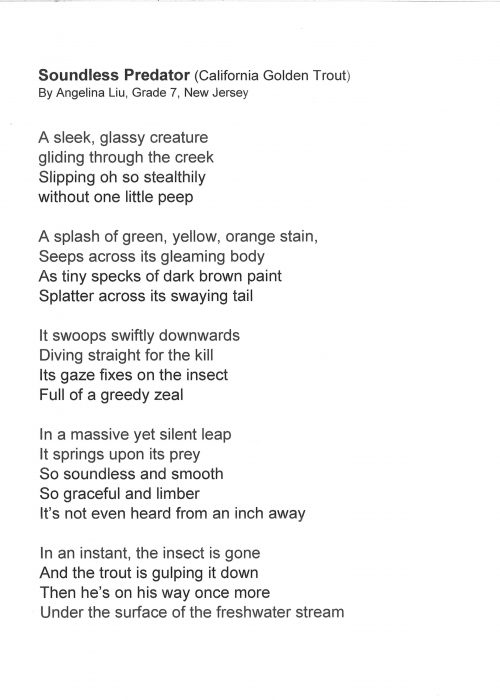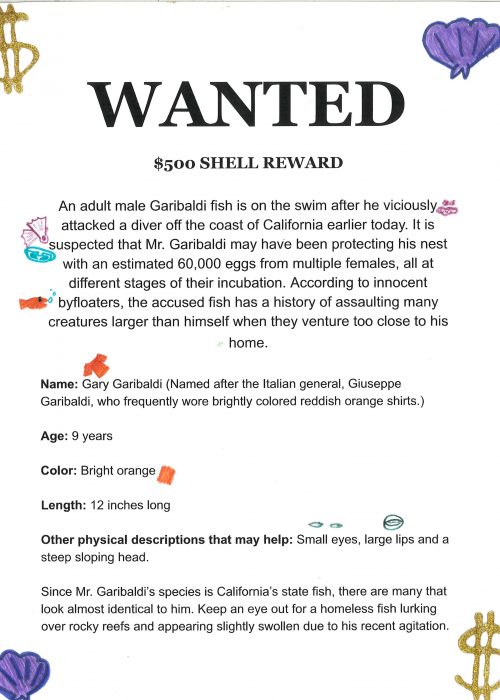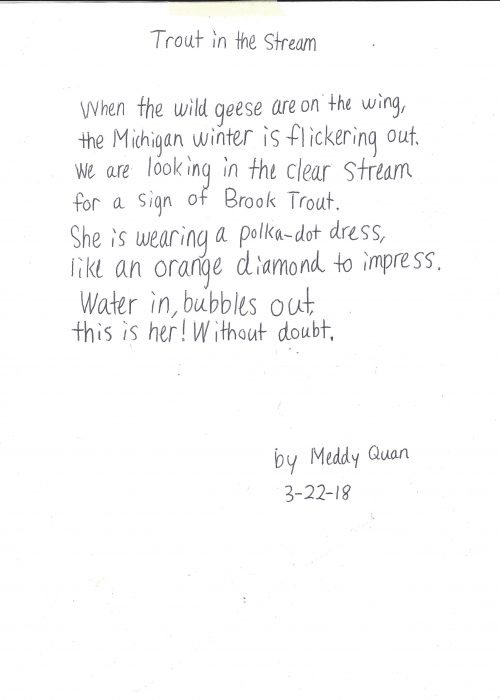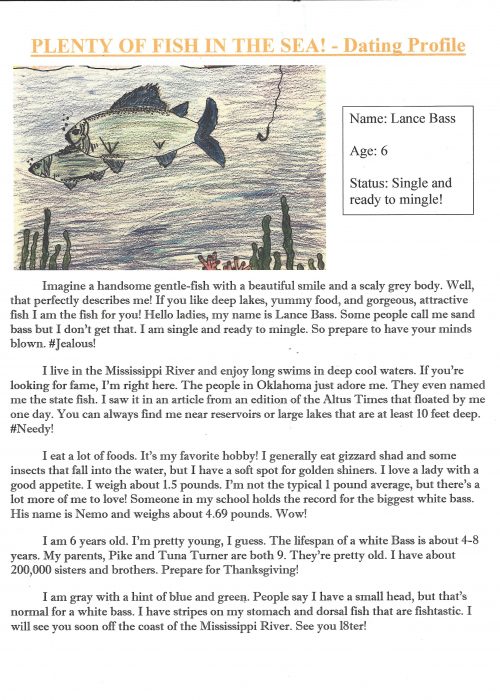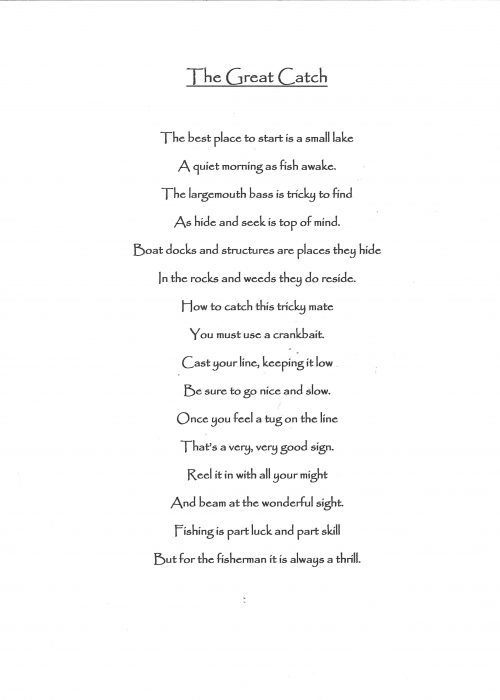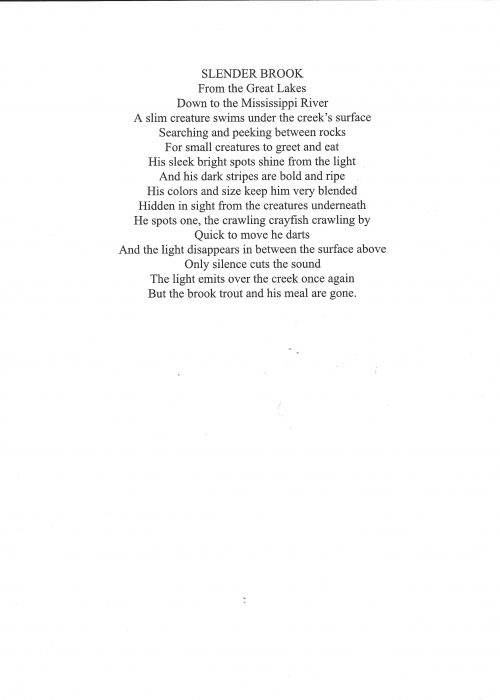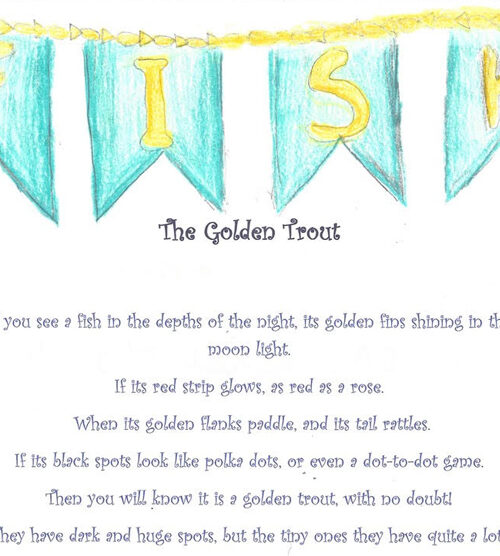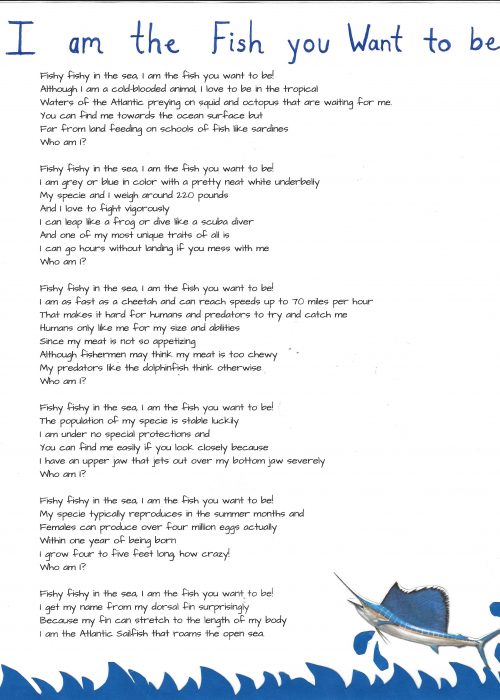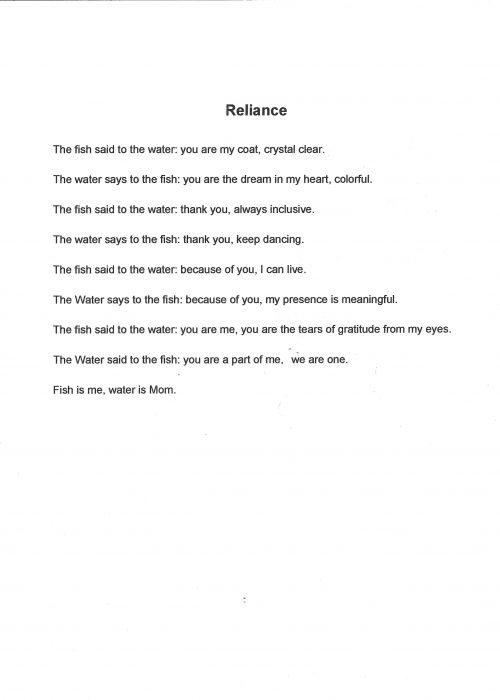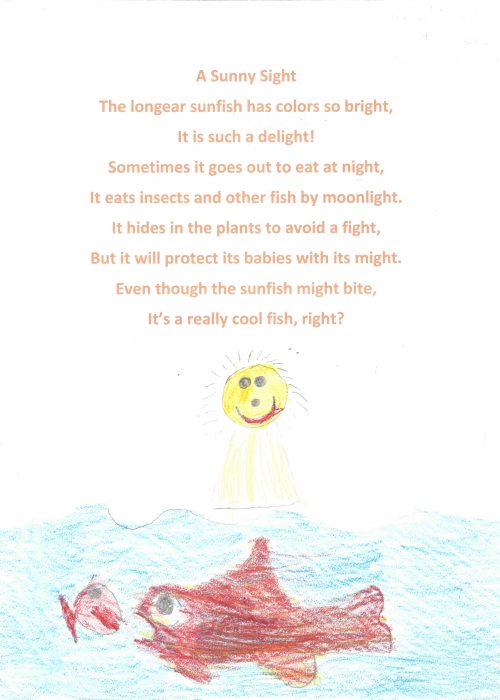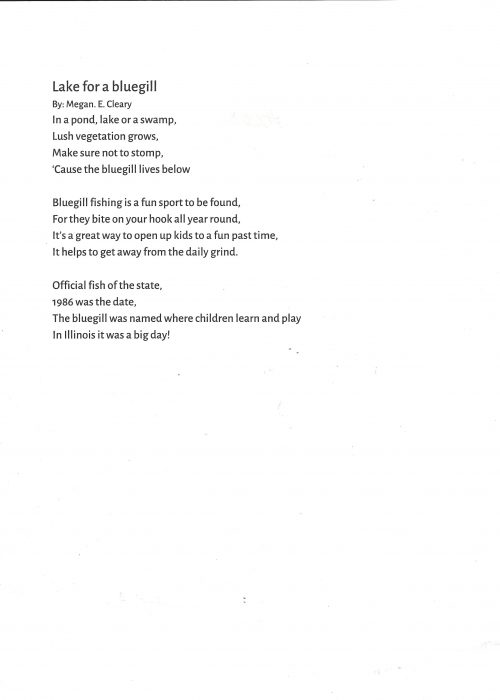Some Wisdom worth noting from our Judges!
Each year our judges are carefully chosen from various professions. Along with fish and wildlife professionals we have teachers, artists and writers, sponsors, outdoors men and women, anglers and, yes, even an occasional celebrity … just to mention a few of the different perspectives we want to draw from for our judging.
Their “job” is always rewarding, fun, and at times very challenging. The one comment we are guaranteed to hear every year is “Wow, this is amazing!”
Below are some thoughts from several of our judges about the entries they have
judged consider using them to guide you in creating your art and writing your essay
Artwork Advice & Inspiration
ART – “I have been drawn to works that have a lot of color in them (or detail if they are black & white). Paint seems to be a draw as well. Also be sure to spray a fixitive on chalk/pastel drawings.” – Bridget Grigsby
ART – “I recommend spending substantial time and effort on the head of the fish. The more life-like the head is, the more life-like is the entire fish .Also detailing the habitat. Quality artwork that results in highly detailed habitat sets that art apart from the less detailed.” – Michael Hoff
ART –“As you draw your state fish, consider how you can tell a story with your picture. Think about the fish and think about its environment. What is the fish doing in the picture? What message do you want to share with the judges and audience when they see your piece of art, and how do you want them to feel when they view it? Get creative, have fun, and enjoy the process as you create your masterpiece. Be sure to learn about your fish and its habitat so that what you’re drawing is accurate, and tell the judges your fish’s story in your work of art!” – Kate DiLeo
ART – “My only suggestion would be that the students should not feel compelled to draw the most colorful fish they can think of. Drawing a less colorful fish, but drawing it well, can make for a very strong piece.” – Dave Schad
ART – I generally look for creativity, originality, and craftsmanship. If one of these areas is truly exceptional, it might outweigh the others, but I believe winning entries must have all three. I also really want to see artists who are doing their own style of work. If I can tell that an artist tried to mimic someone else’s work, it isn’t as strong as an artist who takes a risk by making the work their own. Another great thing is when students draw or paint a specific fish. For example, fish of the same species living in different areas might look quite different. I like to see a unique, individual trout, for example, rather than just a generic trout.” Ted C. Hansen
Essay Advice & Inspiration
WORDS – “What I look for as a judge is that a student researches the topic and then is able to write about it in their own words. I also look for statements indicating a level of understanding the topic for example what is the impact of this happening in the ecosystem—all grade appropriate of course.” – Teri Heyer
WORDS – “Being a State-Fish Art Essay Judge was a privilege for me! Each essay was as unique as the student who wrote it, and I learned a tremendous amount from them.
When I think back to the ones that I thought were exceptional, they were the ones written by students who saw themselves as intimately connected to the fish they were writing about. They didn’t simply observe their subject and write about the facts. They used their imaginations to explore the fish’s distinct beauty, its ideal habitat, and its current challenges. Because of this, the student saw his or her own part in the welfare of the living things around them.
This is the hope that this excellent program offers to students who participate—an expanded world view that understands that we exist within a web of life, and that ALL creatures must thrive for this planet to succeed.
Thank you for the opportunity to participate!” – Caroline Lehman

